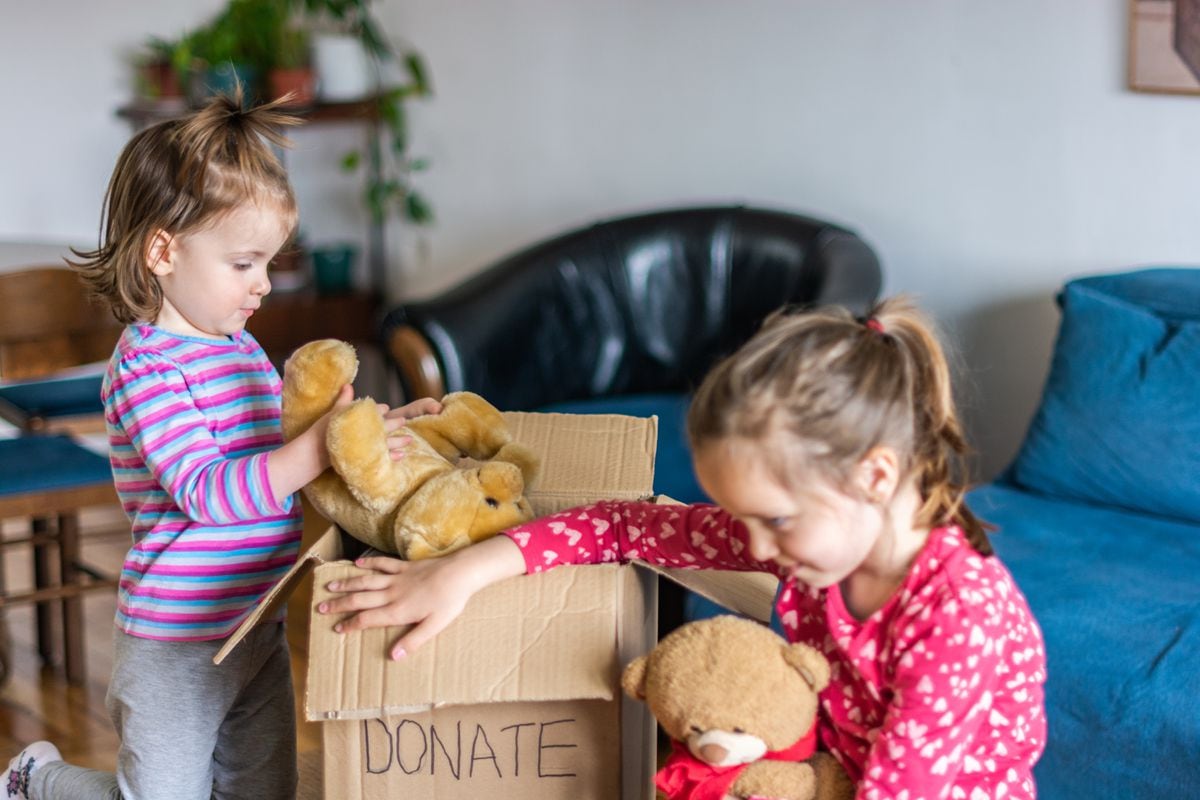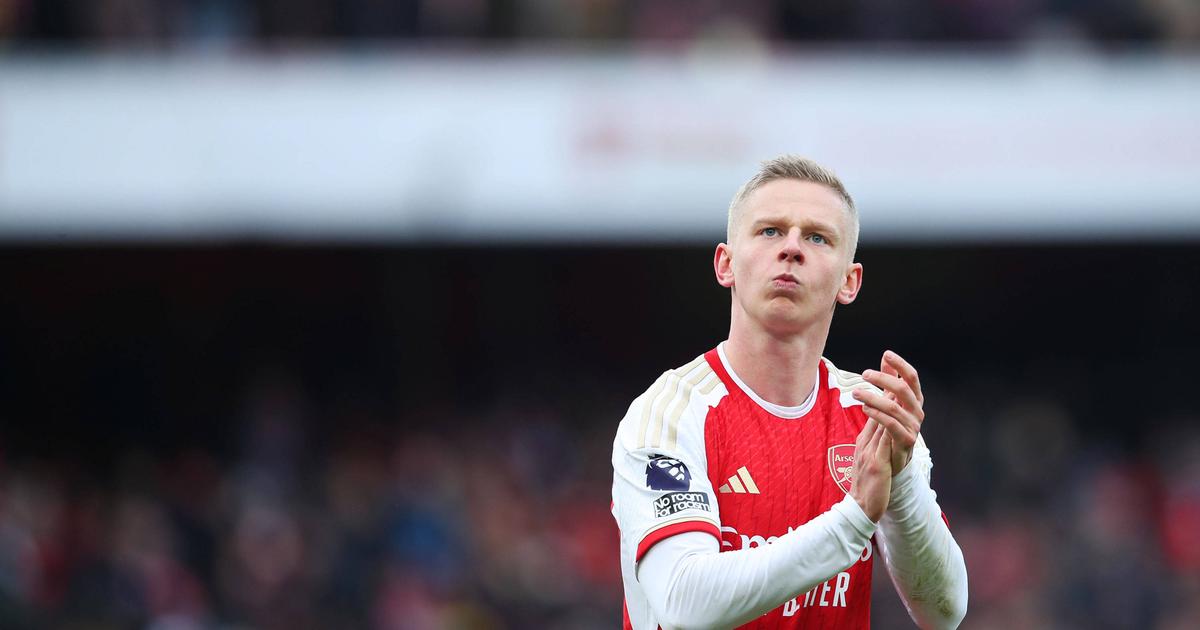One of the lessons that fathers, mothers and teachers try to instill in children from a very young age is to value toys, school supplies or clothes.
Why?
Because, normally, when something breaks, they immediately associate it with something old or say that it is no longer useful;
the object becomes something that no longer meets your needs and must be replaced immediately.
For experts, value, what something is worth or the life it has, is a concept that is not only acquired as we grow up.
Furthermore, it can be learned at any age.
An example is the one offered by the Early Childhood Education teacher Lola Cabrillana on Twitter.
She is she told how she altered the school schedule that she had planned one day when she heard that a student told a classmate that her breakfast bag was old, she was worn out.
As he recounted on the social network, it was just at that moment when Cabrillana, who works at the MCI school in the Palma-Palmilla neighborhood (Málaga), sat down all his students and put all the toys they had in the classroom on the floor, the Most donated, as he explained on the social network, and they talked about what was useful and what was not and until when it could be.
More information
Responsible consumption begins with parenting
In his publication, he explained: “I invite you to make two groups.
In one we will put the new things and in another the old things.
The kitchen belongs to my niece of the year
catupum chimpum.
And many of her favorite toys also end up in the old pile.
When we already have the class dismantled (and the visit that always comes in these cases has come, it does not fail), we reflect on the old things.
They really serve us.
We like to play with them.
It doesn't matter that they are old if we can have fun with them”.
“That day they learned that old things are not bad.
One of the children even told me that his grandfather was old and that he loved her a lot, ”the teacher laughs over the phone.
A girl brought a little bag that was a little worn.
I see her lying on her table and I ask her what's wrong.
A classmate of hers had told her that her breakfast bag was old.
I keep the schedule for the day in a drawer.
We sit in the assembly.
I disassemble the entire class.
— Lola Cabrillana (child teacher) (@de_infantil) November 16, 2022
"The value of things is something that is learned with age, but also because of the environment and the stimulation that is received in this regard," explains María Jesús Campos, a psychologist and expert counselor for children and adolescents.
Setting an example as parents is the main recommendation: "Be a guide and support on how to take care of what you have."
Campos presents some examples of basic instructions so that younger children learn to value things: “Teach them to pick up the toys once they have used them and show them how to take care of the material;
or check that all the components of a game are there before saving it to be able to use it again, or that a marker has its lid so that it does not dry out, among others”.
The psychologist also emphasizes that parents should not give in to tantrums that may arise in the aforementioned situations:
learn the value of money
Although teaching the economic value of things is a complicated concept for younger children, because they do not understand the price of an object, it is necessary to talk to them naturally about money.
This is what Amalia Guerrero, an expert in financial education for families and author of the book, recommends.
At home, clear accounts
(Current Platform): "It is good that from the age of six we begin to give him an allowance as an educational tool, so that when we leave home he is the one who manages it and decides what he spends it on."
Another of the tips that the expert recommends putting into practice is to go shopping with them: "Although on many occasions it is more practical to go alone, if we do not do it together we will lose the opportunity to teach them a very valuable lesson: what each thing costs And why do we buy some and not others?
In addition, Guerrero invites mothers and fathers to take it as fun: "Let them play, be our detectives and look for the cheapest price, for example."
recycle before throw away
Campos recommends not replacing one item with another right after it breaks.
“If we continually buy and give out new materials and toys, minors will perceive that these have no value because it is as if they were just passing through and they can be easily replaced,” he explains.
The ideal, he assures once again, "is to set limits and not continually buy things or give everything they ask for, even if it is sometimes complicated."
One solution is to think about whether it is necessary to acquire a new product to replace it: "Give decisions a rest time and see if we can give that object another use, for our enjoyment or that of others."
A good option is to donate the toys that the children no longer use.
One of the campaigns that contribute to the recycling of objects and the circular economy is that of
Share and Recycle
,
of the Spanish Association of Toy Manufacturers (AEFJ).
They work to make families aware that these objects can have a second life.
During 2021, 131 tons of used toys were collected in Spain, according to the AEFJ Annual Study.
Through campaigns on television and in the press, they try to make society aware of the importance of recycling the toys that minors no longer play with.
“It is essential that we try to make the little ones aware that the same toy that has given them so much will do the same with another child”, clarifies Marta Pastor, the director of the Crecer Jugando foundation.
Teachers know a lot about recycling material and objects.
Cabrillana explains that a classic in her class are the caps that she uses both for manual work and to learn through the recycling project: "With these small gestures, children from the age of three learn to appreciate the material they use."
“Parents are surprised when I explain how things are taken care of at school”, continues the teacher, “they don't understand that in the classroom they do and at home they don't”.
For her, all of this is a trial and error: "To be constant and to seek that second life for objects before throwing them away, a matter that needs the support of all of society and families."
You can follow Mamas & Papas on
,
or sign up here to receive
our biweekly newsletter
.









